Ultraviolet Blood Irradiation (UVBI) was first developed in 1928 by Emmett Knott to treat bacterial infections but we soon realized it could be used to treat many different types of infections including viral and autoimmune. Most of the early research was done on as a stand-alone therapy revealing great success. However, with the development of antibiotics, the use of UBVI declined and is now known as “the cure that time forgot”. With more and more people becoming resistant to antibiotics, we are returning to our roots and UVBI has thus once again become popular. In fact, more recently they began to use UVBI conventionally to clean donated blood. UVBI is safe effective and has minimal side effects. Benefits include:
- Immune modulating
- Kills fungal, bacteria and viruses
- Decreases viral load: one study showed an average decrease in viral load of 56% after just 5 treatments
- Decreases autoimmunity
- Decreased AST and ALT levels – liver function tests
- Reversed cytokine production and blocked cytokine release
- Increases circulation and decreases platelet aggregation
- Increasing Nitric oxide which causes vasodilation
- Increases oxygen absorption into tissues
- Generates vitamin D
- Generates glutathione
- Helps the body with detoxification
Indications for photo-oxidation
When a patient has reached a plateau, photo- oxidation can often improve these patients further. Indications include: Infections of all types- (bacterial, viral, fungal, protozoa) toxic conditions of all types- snake bites or organic poisoning, injuries, wound healing, venous stasis ulcers, Raynaud’s disease, migraine, acute flare ups of arthritic joints, fibromyalgia, osteoporosis pain, diabetic retinopathy, macular degeneration, asthma, acne, herpes zoster, psoriasis, chronic intestinal inflammation, occlusion of arteries, (including stroke), thrombosis or increase in blood coagulability, thrombophlebitis, general detoxification.
The Procedure
Blood is withdrawn from the patient’s arm using a butterfly needle. Approximately 40 milliliters of blood, depending on body weight. This same blood is run through a device which exposes the blood to controlled ultraviolet rays. After the patient’s blood is exposed to the UV light, it is returned to the patient’s vein.
During the process, smaller bacterial and viral cells are targeted, absorbing the majority of the photonic energy. The healthy cells remain intact while the disease cells are killed and become antigenic. An “autogenous vaccine”, meaning self-generated, is thus produced. Microbes in the bloodstream are rapidly destroyed when exposed to this “vaccine” and photonic energy. This process is called “induced secondary immune reactivation.”
The end result provides a new supercharged immune response, greater oxygenation, and a balancing of your system.
Biological effects include: Increase in: arterial and venous oxygenation, blood pH, lymphocytes, electrical charge on the red blood cell, of bacteriocidal capacity of the blood, hemoglobin, white blood cell count, lymphocytes, phagocytosis ability; Reduction of : cholesterol, creatinine levels, blood lactate, clot formation tendencies, blood viscosity, uric acid levels, fibrin levels, plasma viscosity, surface tension of the blood; Normalization or modulation of: immune status, glucose tolerance , and fibrinolysis.
Frequency of treatment
Acute infectious situations typically will be treated with one treatment daily or every other day until improved or resolved. Chronic situations are treated on a variable schedule, but a typical pattern of treatment would be one treatment two times per week for three weeks, and then one treatment weekly for four weeks, then gradually moving towards one treatment every two months as maintenance. The treatments may take effect immediately and the benefits are apparent for up to 45 days.
What can you expect after a treatment?
Some people feel better immediately afterwards. Occasionally, some people feel worse before they feel better. This is because the body is actually detoxifying from the treatment. The stimulated oxidation process can cause your body to “break” an infection. Detoxification symptoms include feeling tired or run- down, fever, chills, and flu like symptoms. This will usually last the night of your treatment and most people then feel better afterwards. In individuals with weakened immune systems (chronic fatigue, Candida, multiple sensitivities, etc.) it may take up to four treatments (rarely more) before the immune system is noticeably better.
